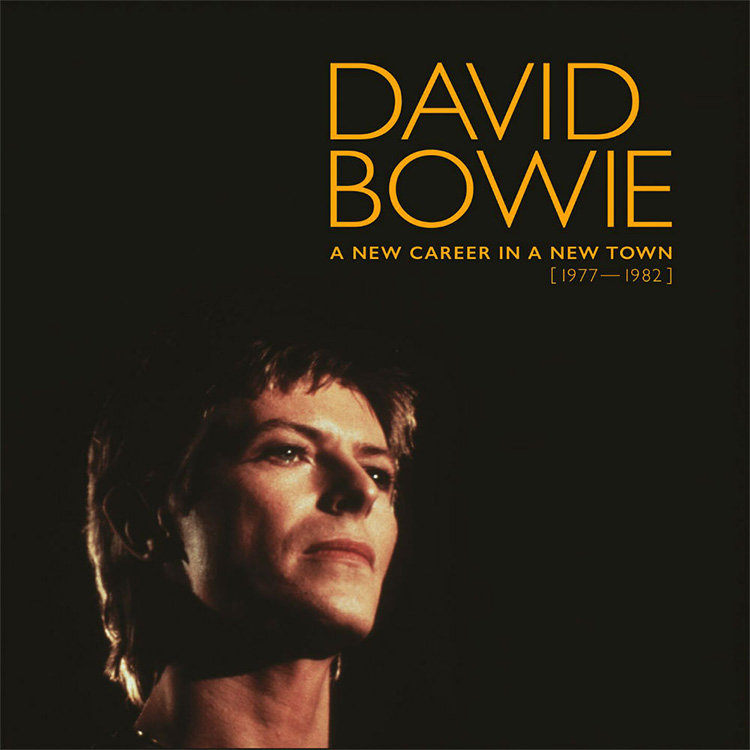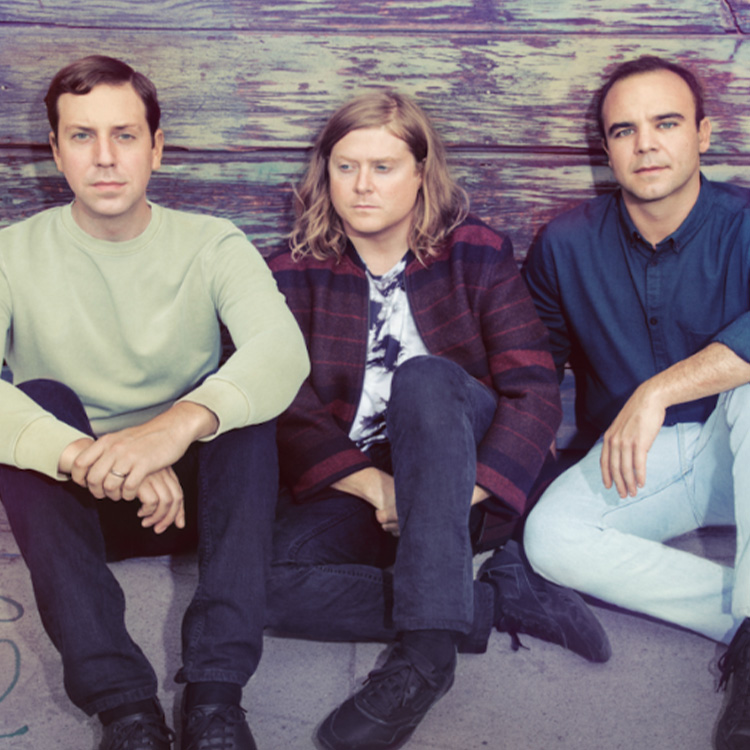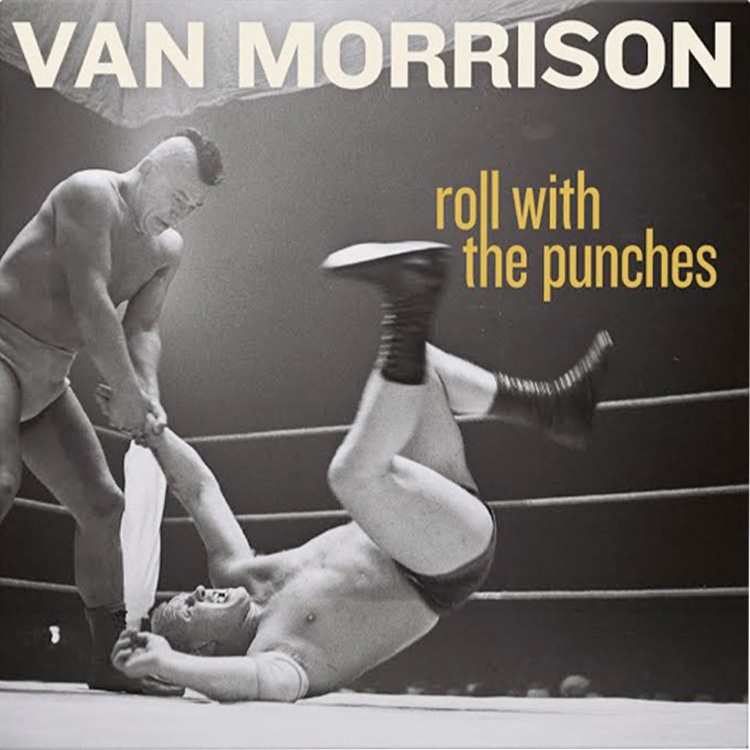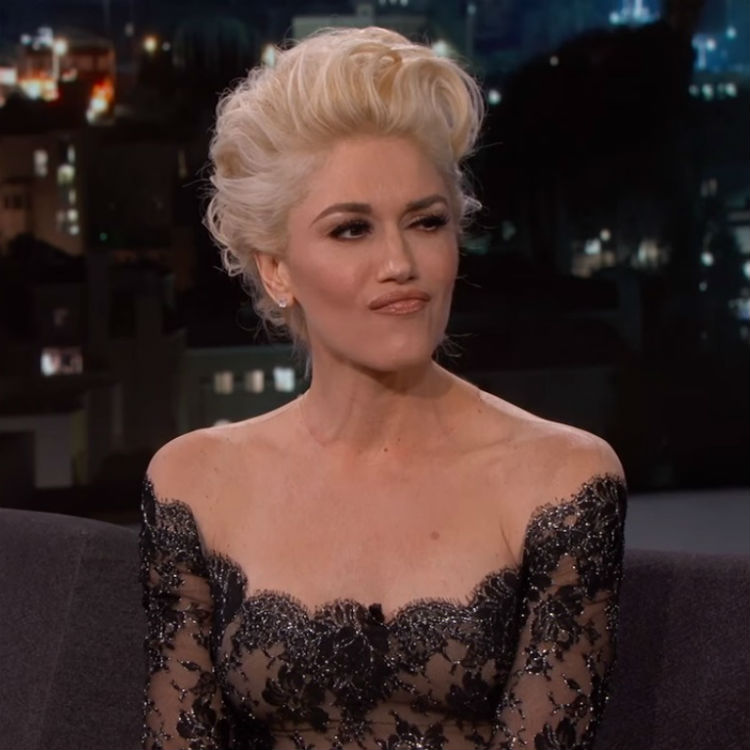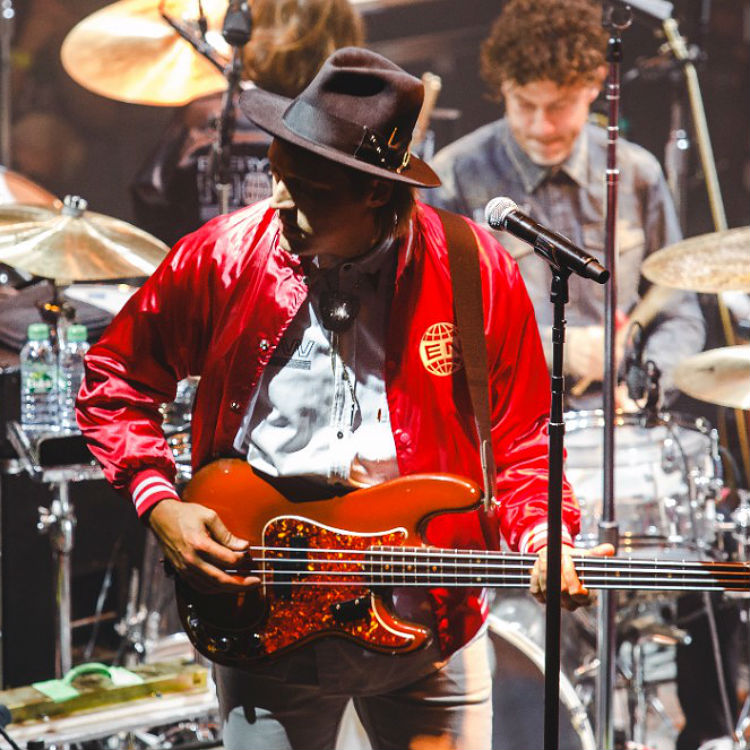 Photo: Wenn
Photo: Wenn
The most common form of digital music piracy was cd burning, it then moved over to Napster, which was shut down, before the likes of Limewire, Pirate Bay and Bit Torrent took prominence. All are illegal means of copying music but on the whole it meant the quality of the files shared or copied were close if no the same as a cd.
Now, The Financial Times reports that the IFPI, an organizational that represents the record industry, has discoverted the most common form of music piracy is “stream ripping”. They found that almost half of 16 – 21 year old use stream ripping software turning to own the streams off line, putting file sharing in the back seat.
If you’ve ever heard a DJ playing from these files then most likely you’ll have noticed the audible loss in quality for these highly compressed format, which changes the way the music is experienced. The original way the artist wished for it to be consumed is lost.
In addition to the poor quality, the process of stream ripping is eating a hole into revenue. The study found that YouTube was the most common platform ripped, with 92 percent of the site’s 1.3billion users using it to listen to music.
This has brought about fresh debate about how the service should remunerate artists and catch unauthorised music upload. The IFPI claim that YouTube has only paid 2 percent of the recording indsutry's revenue since 2008.
“YouTube consistently plays down its significance as a music service, arguing among other things that the service is primarily promotional,” said David Price, an anti piracy specialist who works at IFPI
But YouTube argues the contrary. “The average YouTube user spends an average of an hour a month consuming music, far less than music-only platforms,” accoridng to a spokesperson. “Less than 20 per cent of all music views on YouTube happen through the user searching for a specific artist or song. In fact, the vast majority of music discovery and consumption is through songs recommended through YouTube’s algorithm.”
The IFPI has also shows a discrepancy between YouTube and subscription services such as Spotify and Apple Music, which paid about $2bn to record labels in 2015 from 68m paying users. This compares with the $634m the industry received from “user upload services” - of whcih YouTube is the main one.
“YouTube can get away without remunerating fairly artists and producers by hiding behind ‘safe harbour’ laws that were never designed for services that actively engage with and make available music enjoyed by the vast majority of its users,” said Frances Moore, the IFPI’s chief executive.
YouTube and the three largest recording labels, Universal, Sony, and Warner – are locked in talks about a fairer deal at the moment.



